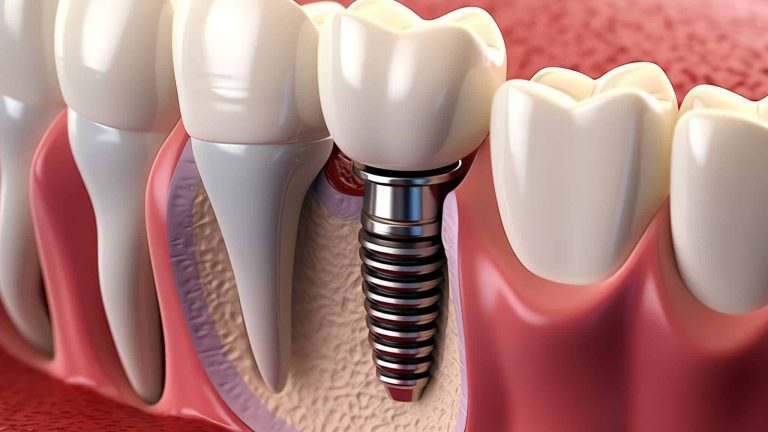Bad breath, scientifically known as halitosis, is a condition that affects millions of people worldwide. While it may seem like a minor issue, its impact on self-esteem and interpersonal relationships can be significant. This article will help you understand the causes, methods to identify it, and the best ways to treat it, all with the goal of maintaining a healthy mouth and fresh breath.
What is Bad Breath and How Does It Develop?

Bad breath primarily originates from the accumulation of bacteria in the mouth. These bacteria break down food particles and release volatile sulfur compounds (VSCs), which are responsible for the unpleasant odor. While most cases are confined to the oral cavity, halitosis can sometimes indicate more serious health problems.
Common Causes of Bad Breath
- Poor Oral Hygiene
The buildup of food debris on the teeth, gums, and tongue is the most common cause of bad breath. If not removed properly, bacteria begin to break down these remnants, generating a foul smell. - Dry Mouth (Xerostomia)
Saliva is essential for keeping the mouth clean. When its production decreases, bacteria thrive in the dry environment. Dry mouth can be caused by dehydration, certain medications, or conditions like Sjögren’s syndrome. - Foods and Beverages
Consuming strong-smelling foods like garlic, onions, and coffee can cause temporary bad breath. These foods contain compounds that are absorbed into the bloodstream and released through the breath. - Dental Problems
Conditions such as cavities, gingivitis, and periodontitis are common sources of halitosis. Additionally, poorly fitted or poorly maintained dentures can harbor bacteria and food debris. - Underlying Medical Conditions
Diseases such as diabetes, respiratory infections, acid reflux, and liver or kidney problems can contribute to bad breath. These conditions often release specific compounds detectable in the breath. - Tobacco and Alcohol
Smoking and drinking alcohol not only dry out the mouth but also leave chemical residues that contribute to bad odor.
How to Identify Bad Breath
Detecting bad breath can be challenging, as many people become accustomed to their own smell and don’t notice it. However, there are methods you can use to identify it:
- Personal Test
Lick the inside of your wrist, let it dry for a few seconds, and smell it. If you detect an unpleasant odor, you likely have bad breath. - Dental Floss
Use dental floss between the back teeth and smell the floss afterward. This can reveal if bacteria are accumulating in hard-to-clean areas. - Ask a Friend or Family Member
Although it may feel uncomfortable, asking someone you trust to tell you if they notice bad breath is a direct way to get an honest assessment. - Visit the Dentist
Dentists have specialized tools, such as VSC meters, that can detect the presence of odor-causing compounds.
Treatments for Bad Breath
The treatment for bad breath depends on its underlying cause. Below, we explore the most effective options:
1. Proper Oral Hygiene
Oral hygiene is the foundation for combating bad breath. It includes the following steps:
- Brushing: Brush your teeth at least twice a day using fluoride toothpaste. Pay special attention to the back areas of your mouth.
- Flossing: Use dental floss daily to remove food particles between your teeth.
- Tongue Cleaning: The tongue is a common area for bacteria buildup. Use a tongue scraper or your toothbrush to clean it.
2. Hydration and Saliva Production
Keeping your mouth hydrated is key to preventing bad breath. Some recommendations include:
- Drink plenty of water throughout the day.
- Chew sugar-free gum or candies with xylitol to stimulate saliva production.
- Avoid excessive consumption of coffee, alcohol, and sugary drinks, which can dry out the mouth.
3. Mouthwashes and Specialized Products
Using mouthwash can help combat bacteria and reduce bad breath. Look for products containing cetylpyridinium chloride, chlorhexidine, or essential oils. Avoid mouthwashes with high alcohol content, as they can exacerbate dry mouth.
4. Treating Dental Problems
If bad breath is related to cavities, gum disease, or dentures, addressing these issues is essential. A dentist can perform deep cleanings, gum treatments, or adjustments to dentures to resolve the cause of bad breath.
5. Managing Underlying Medical Conditions
If bad breath persists despite good oral hygiene, consult a doctor to rule out systemic conditions. Diseases such as diabetes, acid reflux, and respiratory infections may require specific treatments.
Preventing Bad Breath
Prevention is the best way to maintain fresh breath. Here are some practical tips:
- Maintain a Balanced Diet
Eat fiber-rich foods like fruits and vegetables, which help naturally clean your teeth. Limit sugary foods and caffeinated drinks. - Avoid Tobacco and Alcohol
These habits not only cause bad breath but also increase the risk of oral diseases. - Schedule Regular Dental Checkups
Visit your dentist at least twice a year for cleanings and checkups. This helps prevent issues that may contribute to bad breath. - Care for Your Dentures
If you use removable dentures, clean them daily and follow your dentist’s maintenance instructions. - Control Dry Mouth
If you take medications that cause dry mouth, consult your doctor about possible alternatives or strategies to minimize this effect.
Myths and Facts About Bad Breath
- “Bad breath always originates in the mouth.”
False. While most cases are oral in origin, issues like acid reflux or respiratory infections can also cause it. - “Using mouthwash is enough.”
False. While mouthwashes help, they do not replace proper oral hygiene or address underlying problems. - “Bad breath is always noticeable to the person who has it.”
False. Many people do not perceive their own bad breath due to olfactory adaptation.
Conclusion
Bad breath can be uncomfortable, but in most cases, it is treatable. Identifying the cause is the first step to effectively addressing it. With good oral hygiene, healthy habits, and professional care, you can maintain a fresh and healthy mouth. In addition to improving your health, you’ll regain confidence in your daily interactions, enjoying a more secure and attractive smile.




